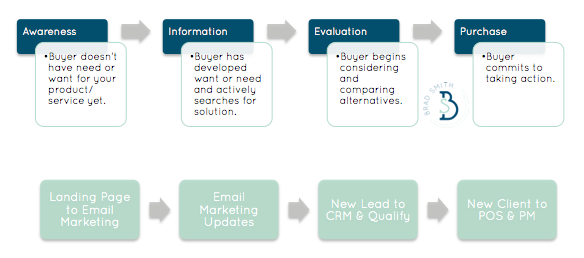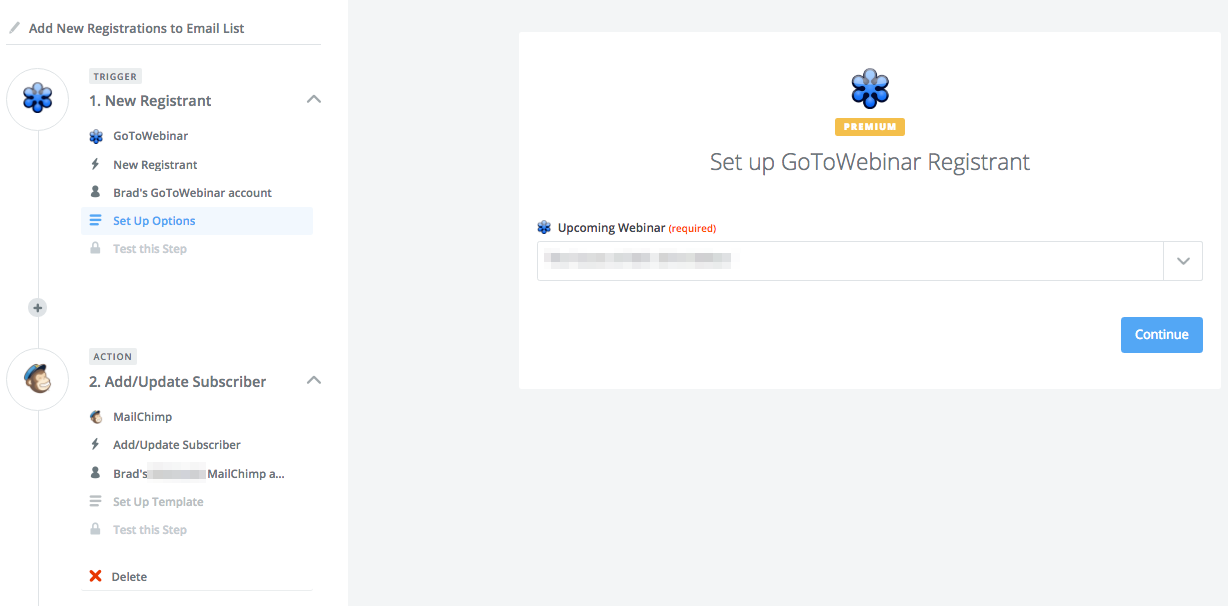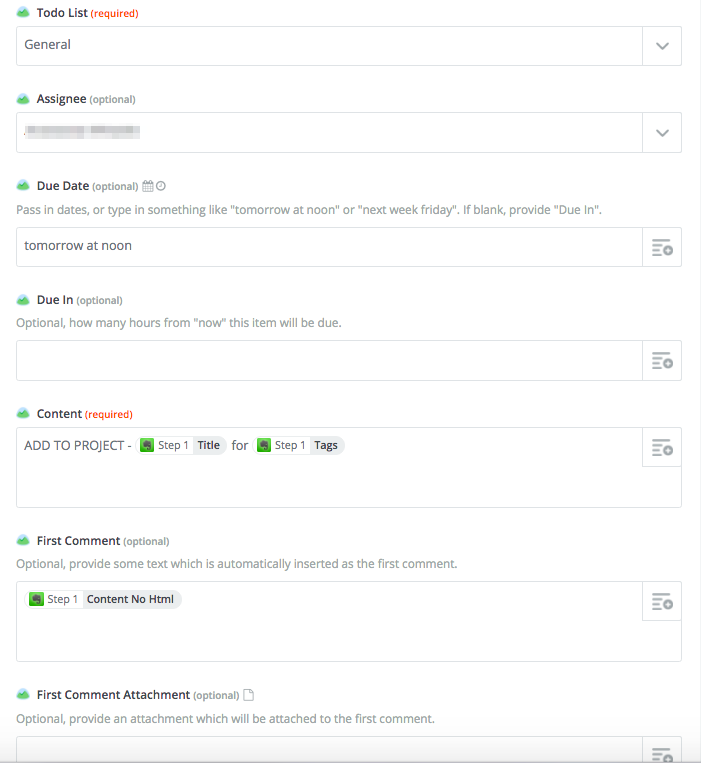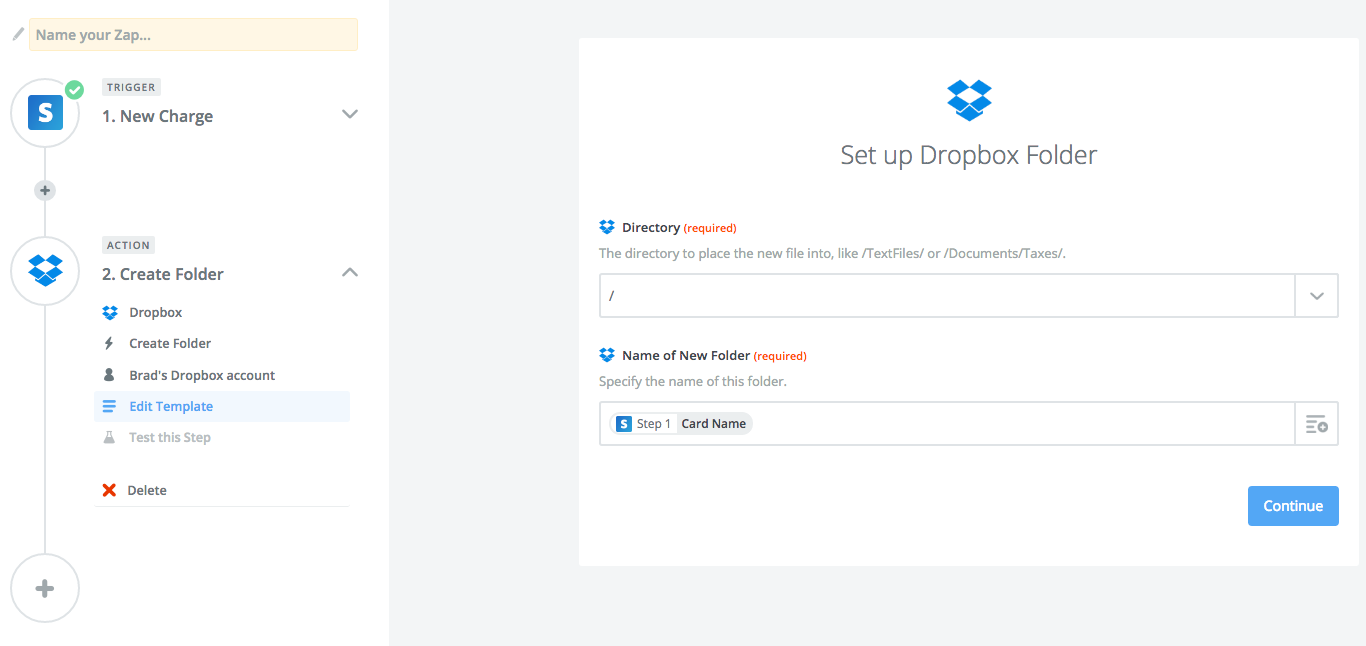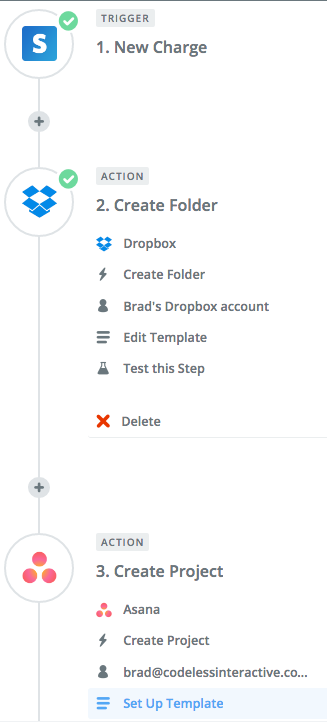
We've all faced disappointing traffic numbers and even heart-stopping dives.
It happened to me recently on this website. Two years ago, I was blogging along as usual, when wham, my traffic dropped!
As it turns out, it was a random algorithm update that killed things for a week or two. Several tweaks later, I was back up to even higher numbers than before.
I understand that algorithms can change, audiences can leave, and a website can suffer from penalties.
But I'm also convinced that there's no reason to settle for low traffic.
How can I be so confident? Because I faced it. I dealt with it. I recovered.
I've come up with 10 SEO tactics proven to boost traffic.
If you're feeling skeptical right about now, I understand. I am sure plenty of SEO snake oil salesmen have tried to convince you that [insert some random weird hack here] could boost your SEO.
I don't give advice that doesn't work or hasn't worked for me and my clients. These tactics actually work.
And here's a quick comment before you dive into the tactics. I've intentionally avoided all the obvious stuff because you'd already have already tried that.
These techniques are relatively advanced. However, with the right skillset and a bit of patience, I know that you can master each technique and enjoy the boost in traffic.
1. Infiltrate Google's Knowledge Graph and the global knowledge base
Do you know where Google Knowledge Graph gets its content from?
Wikidata.
Wait, what the heck is Wikidata?

Wikidata is a community-driven initiative that belongs to the Wikimedia organization. They own a bunch of Wiki sites serving information content in a variety of languages.
It's easy to see that once you get into Wikidata, either as a company or as a reference, your business will benefit in terms of exposure and traffic. Plus, a link from any of the Wiki sites is worth its weight in gold.
Many organizations pull data from the Wiki sites. The most important of them all is Google.
The content that gets featured in the Google Knowledge Graph is from Wikidata.
Do you see now why it's important?
Getting inside Wikidata seems easy on paper, but it isn't. Here's how you can get a free pass:
- The first thing to do is to read and understand the guidelines.
- The next step is to write an authoritative piece based on a primary keyword, organization, or individual in your niche. It must be factual and non-promotional.
- Now create a website, page, or subdomain that defines the concept and contains comprehensive information, including all the pain points related to the keyword. For example, if you are in the fashion industry, you can talk about fashion in general, the problems faced by manufacturers, the common pitfalls of using some equipment, the secret lives of fashion models, and so on.
- Next, jump into the Wikidata community, and socialize. Don't create a topic until you have contributed positively to the community and established your own personal vibe. If a new member jumps in and creates a topic, it could be flagged by the editors. You should try to create a topic that doesn't already exist in the community.
Here's an example:
Let's say you sell products related to the fashion industry, specifically industrial sewing machines. One of your top sellers is the Brother brand.
Here's what you should do:
- Use Google to check whether information on Brother sewing machines shows up in the knowledge graph. I checked. It doesn't. There's no knowledge graph for Brother sewing machines as of 8 June 2016.
- Write an exhaustive piece on Brother sewing machines on your subdomain or the website you have specifically created for sharing knowledge.
- Create a topic on Wikidata (for example: History, Evolution, Pros and Cons, and Current Status of Brother Sewing Machines) and choose a channel to publish your data on (any one of the Wiki properties; in my case, Wikipedia).
- Write your statements, and link to appropriate references. You must link keywords and brands to public documents (use the documents hosted on Wiki sites), and one of your links or references must be to the site you created.

Your page must be strong and backed by data. Fluffy or thin pages are deleted by the editors.
You can even add social media URLs to the reference pages. It would be a good idea to create a group discussion on LinkedIn related to the topic, and link it as a reference on your Wiki page.
In addition to this, you must go to each Wiki site and edit or contribute to topics that contain your keyword. Don't forget to write an authoritative piece on your subdomain or website and link to it as a reference. For the example above, the keywords would be fashion, sewing, clothing, models, etc.
2. Get into Google News
News articles get pulled by Google on two SERPs-the traditional SERP you're used to and the News section.
You may not have thought of Google News as a traffic source, but consider my point. It's a traffic wellspring!
Check out this screen shot:

To get into Google news requires perseverance, honest reporting, cutting-edge articles, and regular updates.
If you are up to it and want your website to show up on the Google News SERP, here's what you should do:
- Start a “News” section on your blog/site.
Update it regularly (1-2 newsy posts a day is a good practice).
- Publish authoritative, unique, original, and newsworthy content. For research, set up a Google Alert for keywords in your niche.
- Informational articles such as how-tos and guides do not qualify. Every post must be newsy.
- Do not publish aggregated content.
- Every news article you write must be authoritative.
- The byline of each post must be linked to the author's profile, which should contain their contact information and links to their social media profiles.
- Follow the Google quality guidelines before starting your news section.
- You need to subscribe to a paid Google account to become a Google News Partner because you can't get in with a free account. The best thing is to sign up for a Google Apps email account, available for as low as $5 per month (https://apps.google.com/pricing.html).
- Finally, start publishing, and enroll as a Google News Partner after building up sizeable content (at least 50 pages).
Yeah, it reads like a slow process, but it's worth millions!
Heard of Google Posts?
Let me rephrase.
Have you ever seen a carousel on Google SERPs? Something like the image below. Notice the section outlined in red:

The posts contained in such carousels are Google Posts.
Google Posts isn't commercially launched yet. There's a waitlist, and you must get on the waitlist.
Google Posts allows verified and prominent individuals and organizations to create content (text, images, videos) on the fly and publish instantly. Once the posts are published, they will be visible on Google SERPs when a user searches for topics and keywords within that niche.
The hassle, of course, is that you can't start using Google Posts immediately. If you are an established organization or a prominent individual, you should sign up and reap the benefits when it goes live.
4. Use Accelerated Mobile Pages (AMP) HTML/JS
AMP is a new coding standard, and the way it is shaping up, it seems that it will go on to become a global HTML coding best practice.
I highly recommend you research it and implement what you can.
Think of AMP HTML as regular HTML with some restrictions that reduce clunkiness and help generate reliability.
AMP HTML (and JS) increases the loading speed of your web pages, which is an extremely important factor. This protocol is on its way to become a huge ranking factor.
Google has already included it in its Search Console, and many web developers around the world are quickly adopting it.
Remember the time when Google made mobile-friendly design a ranking factor?
Developers were slow to pick up on it, and when their site rankings dropped, there was panic.
That's why I encourage you to get started on AMP right away and to keep your site AMP-ready. Moreover, AMP will make your pages load faster, which will help you rank higher and attract more traffic.
5. Use the Skyscraper Technique
Did you know it was Brian Dean of Backlinko who coined the term Skyscraper Technique?

Although it's simple when you think of it, it requires some pretty intense work.
Does it work? Yes, it does. Sites with traditionally low traffic or in traffic slumps have experienced an uptick in traffic after using the technique.

Here's how you should exploit it:
First, simply research the top-shared content in your niche. You can use BuzzSumo or EpicBeat.

Next, you should:
- Select 2-3 top posts in your niche. These will serve as the basis for your research.
- Write a better and more in-depth article (with a new title). You can do this by picking up the phone and interviewing appropriate experts, reading industry white papers, or checking out research reports. There are plenty of ways to improve upon what currently exists.
- Market your article. Try to market it on the same channels and groups as the original article. I have no doubt that your article will be picked up and talked about.
Result: Traffic, shares, and more traffic.
6. Create an FAQ page in your niche
There are three things you must be aware of:
- Personal assistants, such as Siri, and voice search tools, such as Google Voice search, are getting smarter by the day. Google also recently unveiled the Google Assistant, an AI like Siri, at its I/O Conference.
- The number of people using their personal assistants to help them with their online search or scheduling tasks as well as the number of voice searchers are growing each day.
- Most voice searches or requests typically start with a question word (what, when, how, where, which, etc.).
One of the key takeaways from the Google I/O developer conference notes was that over 20% of the searches on the Google app on Android in the US were performed by voice.
I don't have the stats for Siri, but if you put two and two together, it's easy to infer that your SEO must be ready for voice search/voice assistants because its use will keep increasing over time.
How will you get your website ready for voice search?
By developing an FAQ page in your niche.
An FAQ page can easily leverage both the question word and the keyword/correlated keywords.
How will you collect data for your FAQ page? Here are some ideas:
- Learn about the pain points faced by consumers in your niche. You can learn about these online (forums or social media) and by conducting a customer survey.
- Visit government and non-profit websites where people complain about products and marketing tactics.
- Check out Amazon and eBay for product complaints/nasty reviews (in your niche).
- Buy an e-book that talks about the pros and cons of your niche.
- Make a list of the questions that a lot of customers have in common.
Finally, take all this research and create a giant FAQ page that is neatly divided into categories.
Make each question shareable, and write detailed and helpful answers. Do this, and you'll quickly get some traffic to your site.
7. Become an expert in your niche
Sounds like a tall order, right?
But it's not as difficult as you think.
You can increase your website's traffic by growing your personal brand. I spent about a decade cultivating my personal brand. I then used that personal brand to boost traffic and generate high-converting leads, creating several multi-million dollar businesses.
You can do the same. Here is how.
Start sharing your knowledge tactfully and helping others without giving away your business secrets.
First, register at Q&A sites such as Quora, Yahoo Answers, and WikiHow. Join LinkedIn groups, and reach out to other sites in your niche that could benefit from your guest authorship or input.
Start answering questions and helping users. Do not promote your business or link to your website.
If your answers are helpful, users will start requesting your help. When you see help requests coming in, it's time to strike (in a good way, of course).
From this point on, help people, but link back to your article or site when you do so.
Followers and browsers will follow your link, and your site traffic will multiply like crazy.
Yahoo Answers, LinkedIn, and Quora are liberal with links, but WikiHow has a tough backlinking policy, so be careful. Whatever you do, be polite, and write factual helpful information.
8. Don't spread yourself too thin
Many website owners do all the right things and still wonder why their traffic volume is static (or decreasing).
The answer could be that you may be doing too many of the right things.
There are tons of SEO and content marketing tips available on the web, and while reading as much as possible is a good thing, trying to do everything may prove to be counterproductive.
Content marketing is performed on social media and blogs, which are user-driven. Viewers expect the writer or poster to interact with them and follow up on their articles.
If you're into excessive content marketing, you won't have time to interact. You'll also feel burnt out doing too many things at the same time.
My advice is to stick to three or four social media channels (Facebook and YouTube are important). Once your traffic and sales increase, you can consider hiring someone to handle other social channels.
9. Influencing the influencers
You may have heard that influencer marketing is dead, but I can guarantee you that if any influencer links to your post, a swarm of traffic will follow.
Now, you cannot overtly approach an influencer and request that person to promote your content. Why? Because the minute the influencer reads your first line, they'll understand what you want. Honestly, it's a turnoff.
Influencers receive hundreds of content promotion requests every month. They can spot one from a distance.
Here's what you can do instead. Influence and motivate the influencer to share your content.
I'll show you how you can attempt that with an example.
Let's say I am targeting “men's fashion” as my keyword phrase. I Googled “top blogs on men's fashion.” There are plenty of meaty results:

I visited one top blog, Off The Cuff, and found it was founded and owned by Christopher Hogan.
Next, I visited Christopher Hogan's Twitter page. It looks like he tweets often, and some of his tweets are about formal fashion in different seasons (he has 3,300 followers. It's a bit low, but there's a twist in the tale).
That gave me an idea-a content strategy that can be endorsed by many influencers (with a gazillion followers).

Here's what I'd do next:
- Check around the other top blogs. Figure out which bloggers have thousands of followers on Twitter or Facebook.
- Read their posts/tweets. Search for their interviews online to figure out what motivates them.
- Create an article (or video or infographic) based on my research. If I wanted to influence Christopher Hogan, I would create an infographic or write an article based on formal fashion for men for summer. I would stock the items that feature my content in my online store. I could perhaps title it “Men's Formal Fashion for The Summer Inspired by Christopher Hogan Designs” (or some other designer).
- I would then tweet it to him or post on his FB page. If it appeals to him (and it should because I would have spent a whole lot of time and love making it), he will share it. That would get me targeted traffic that has the potential to convert.
- Even if he doesn't retweet, I know I'm sitting on killer content bound to get noticed by guys who strut around in formals during the summer.
What I have given you is just an example. And it's only the tip of the iceberg when it comes to the potential of this technique.
Use your creativity to devise even more advanced and informative content within your niche.
You can use other tools, such as Followerwonk or Buzzsumo, to find influencers and apply the same technique.
10. Research e-commerce keywords
There are so many articles floating around on keyword research that I wasn't sure whether I should include this tip.
I decided to include it.
E-commerce is a serious business. If you know what customers are exactly searching for, it could be rock-and-roll time for your sales and traffic.
Shoppers who have finished their research typically head to retail sites such as Amazon to buy stuff. As I'm sure you're aware, Amazon is the world's largest e-tailer.
Researching keywords on Amazon and including them in your content can be a rewarding SEO task.
To research keywords on Amazon, you need to subscribe to a paid keyword research service.
But I'll show you how to research for free. Here's the technique:
First, choose your product on Amazon.com (it's “men's fashion” in this example):

Next, select “men's fashion” in “All Departments.”
Then, now check the results page. Notice the filters and categories in the column on the far left.

Finally, expand each category, and copy the keywords that drop down.
These are the keywords that real shoppers with ready-to-swipe credit cards search for (on Amazon). Use these very keywords in your content.
Conclusion
If your traffic has dropped because of slow loading pages, lousy server, clunky coding, malware, unfriendly UI, etc., no amount of SEO, SMM, or PPC can help you. Plus, you'll end up wasting a ton of money.
Fix the basic issues first, and then move on to marketing and SEO.
The tactics I have recommended will help you attract traffic that has the potential to convert.
It's worked for me. I'm confident it will work for you too.
Tell me how it goes! And let me know about both your successes and your challenges. I want to help.





